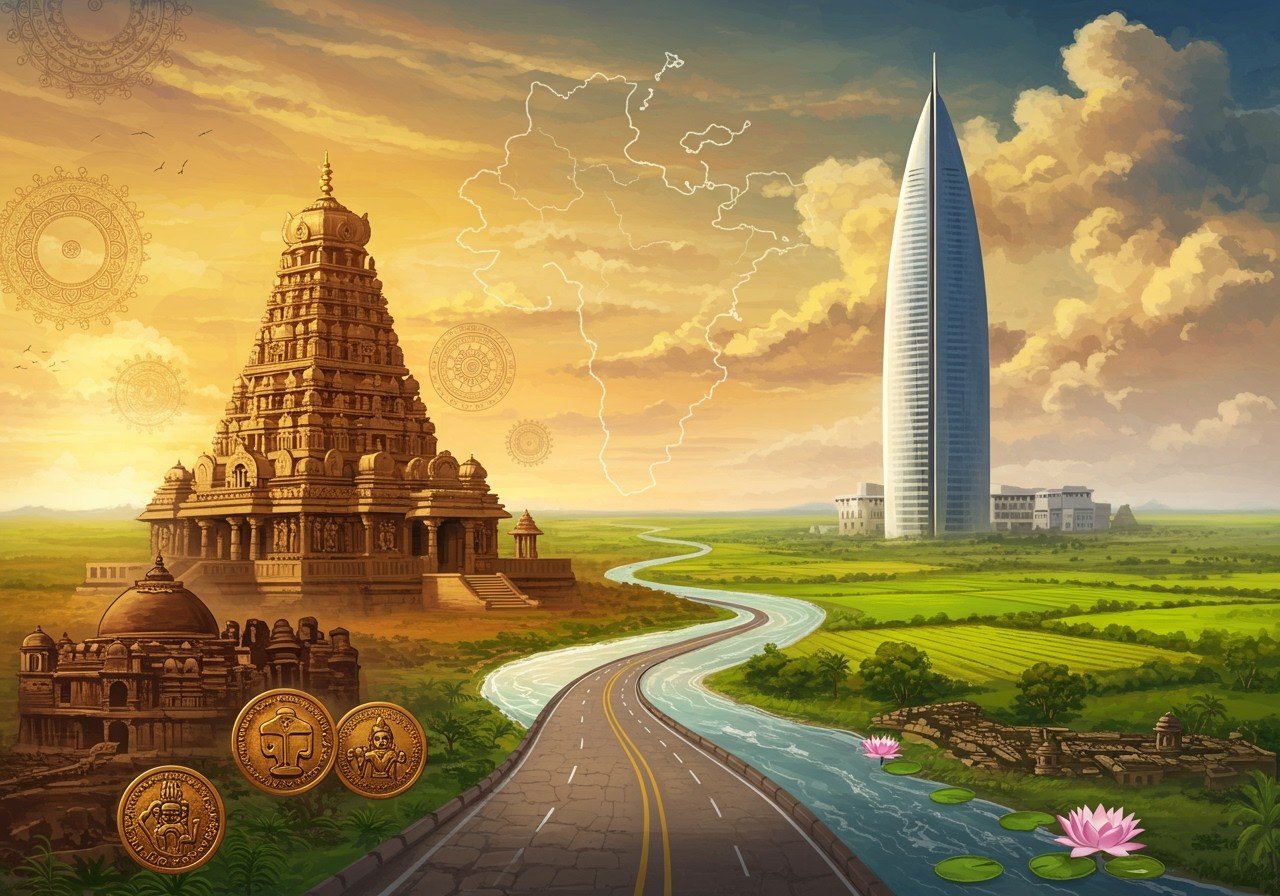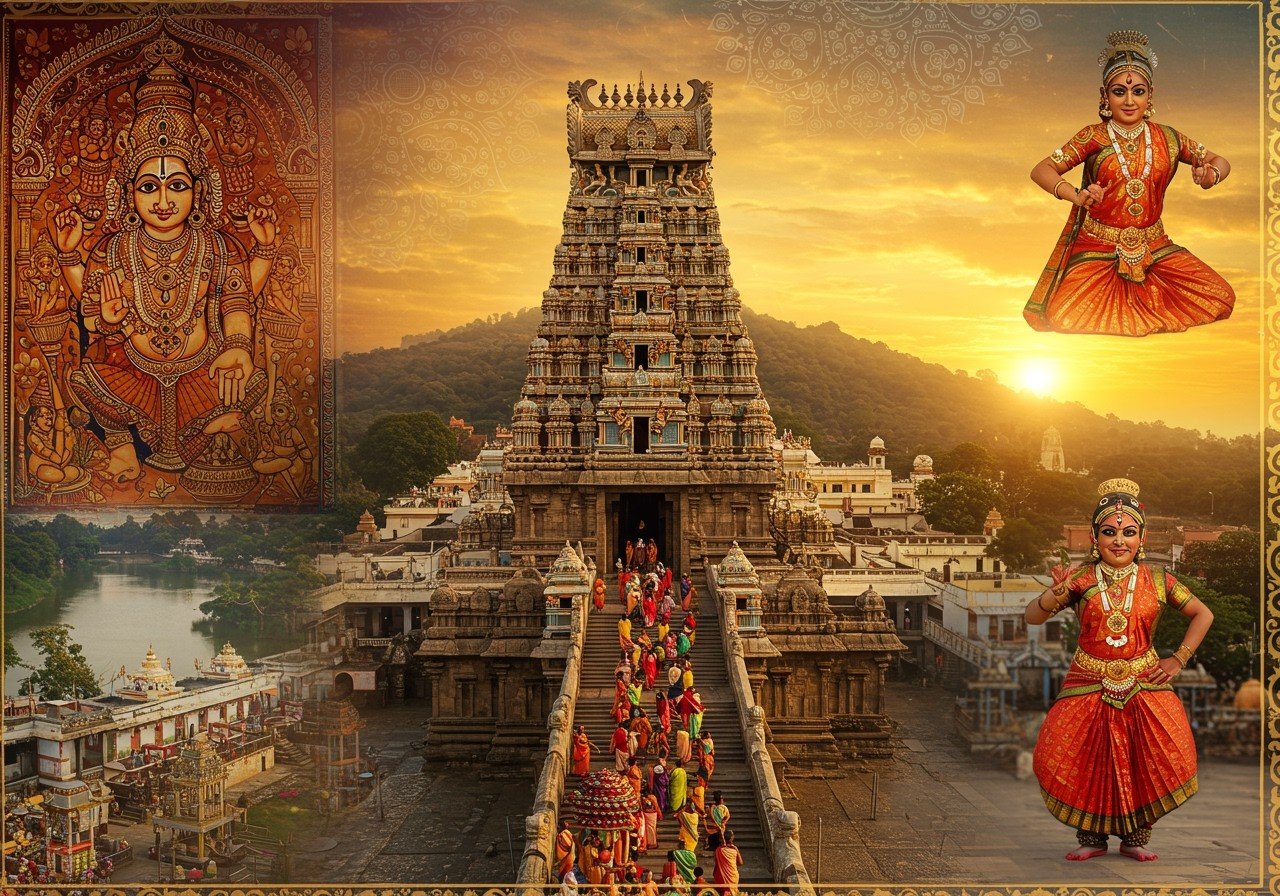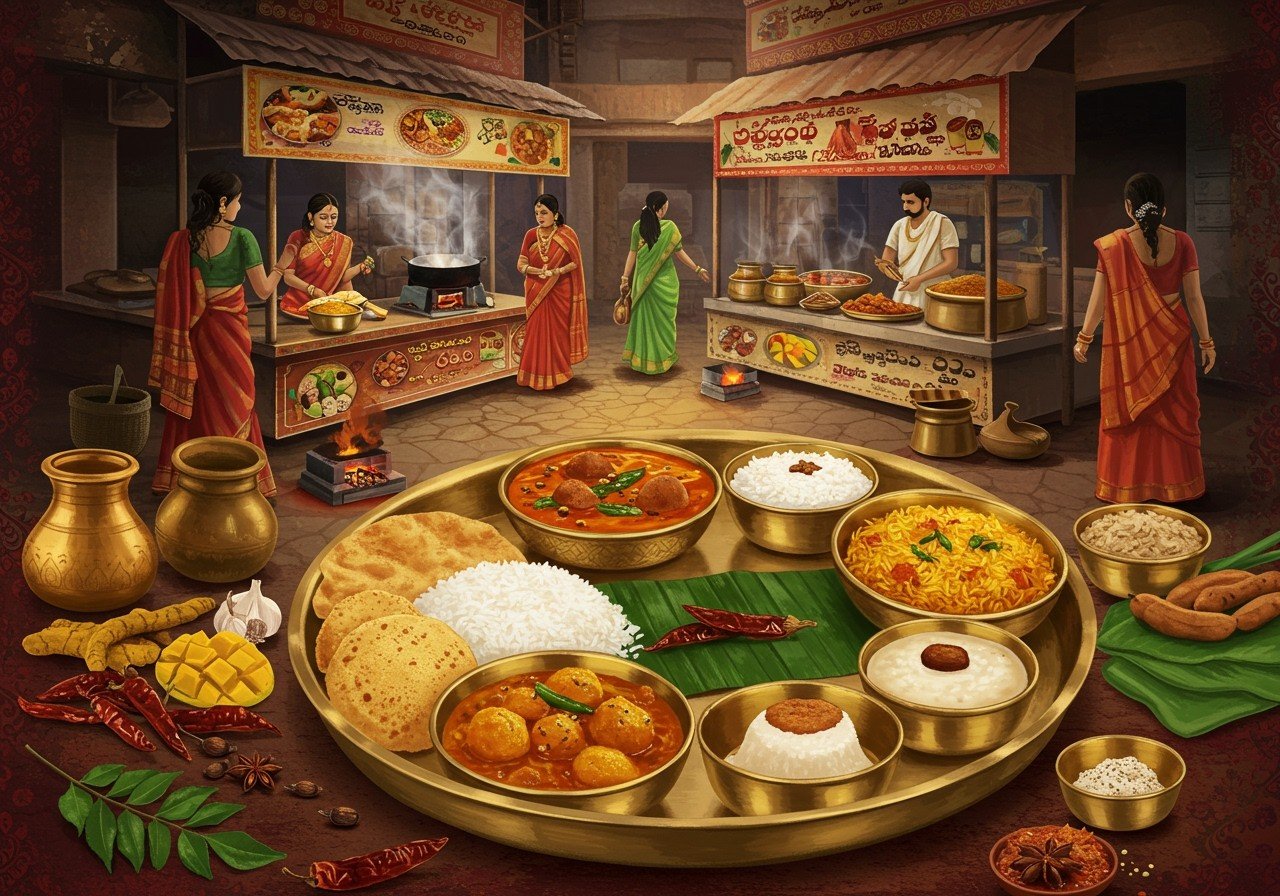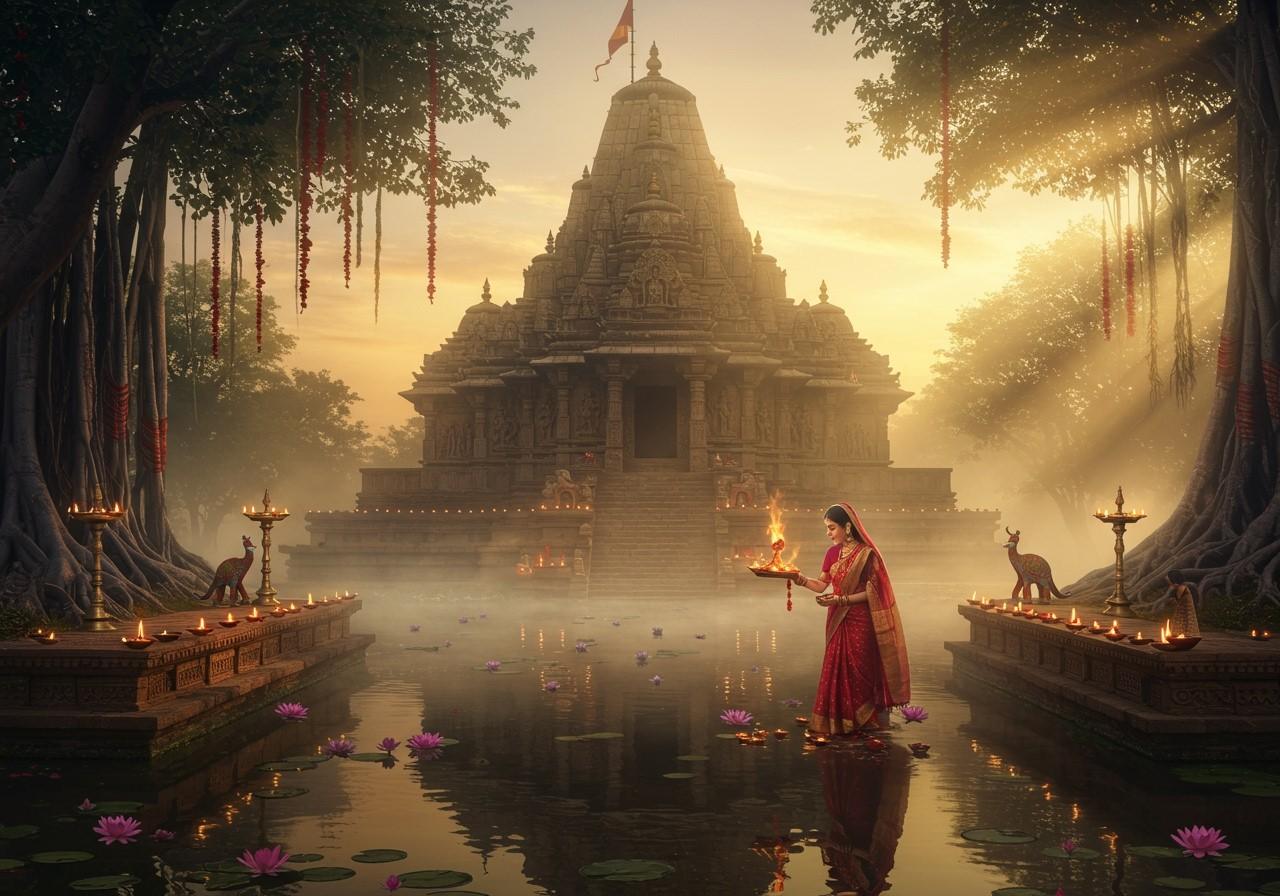
Modern India, a nation that gained independence on August 15, 1947, has undergone a remarkable transformation. This blog explores key events, political milestones, economic changes, and cultural shifts that have shaped India from post-independence to the present day. By understanding this journey, we can appreciate the progress and challenges faced by the country.
The Dawn of Independence (1947-1964)
Key Events and Changes in Early Independent India
Following independence in 1947, India faced the monumental task of nation-building. The partition of India and Pakistan led to mass migrations and violence. The adoption of the Constitution in 1950 established India as a sovereign, socialist, secular, democratic republic, laying the foundation for its modern governance.

As India embarked on its journey as an independent nation, spiritual and cultural traditions continued to play an important role in people’s lives. Poojn.in recognizes the significance of these traditions and offers a wide range of products to support your spiritual practices. Explore our collection of Sakha by Poojn and other puja essentials to enhance your spiritual journey.
Jawaharlal Nehru’s Leadership
Under the leadership of Jawaharlal Nehru, the first Prime Minister, emphasis was placed on industrialization and the establishment of institutions like IITs. Significant socio-economic changes included land reforms and the Green Revolution, aimed at boosting agricultural output and improving food security.
Reorganization and Security
In 1956, the linguistic reorganization of states redefined India’s political map. The Sino-Indian War of 1962 had implications for national security and foreign policy, prompting India to strengthen its defense capabilities.
Political Turnarounds and Economic Policies (1965-1984)
Indira Gandhi’s Rise
Indira Gandhi became Prime Minister in 1966, implementing key policies such as the nationalization of banks in 1969 and the abolition of privy purses, marking significant shifts in economic and social policies.
War and Emergency
The Indo-Pakistani War of 1971 led to the creation of Bangladesh. The Emergency period (1975-1977), a controversial period in Indian history, had a significant impact on civil liberties and democratic institutions.

During this period of change and upheaval, many sought solace and strength in their spiritual practices. Poojn.in offers a wide variety of products to support your spiritual needs, including Jati Kapali Ghata and other essential items. Visit our website to explore our diverse collection.
Green Revolution and Political Shifts
The second phase of the Green Revolution further contributed to food security and rural development. The Janata Party’s brief rule (1977-1980) was followed by the return of Indira Gandhi. Operation Blue Star in 1984 and her subsequent assassination were defining moments of this era.
Economic Liberalization and Global Integration (1985-2000)
Modernization and Crisis
Rajiv Gandhi’s tenure saw modernization efforts in telecommunications and IT. The economic crisis of 1991 led to liberalization policies under Prime Minister P.V. Narasimha Rao and Finance Minister Manmohan Singh, marking a turning point in India’s economic trajectory.
Market-Oriented Economy
India shifted from a planned economy to a market-oriented one with reforms like deregulation, privatization, and liberalization of foreign trade and investment. This period saw India’s integration into the global economy, particularly with the rise of the IT sector.

As India embraced globalization and economic growth, the demand for traditional puja items continued to grow. Poojn.in caters to this demand by offering a vast selection of high-quality products, including Maa Lakshmi Murti and other essential items for your spiritual practices.
Reflecting on Modern India’s Journey
India’s journey post-independence is filled with significant events that have shaped its present-day identity. From the dawn of independence to the challenges and triumphs over the decades, each phase has contributed to the nation’s growth and resilience. The early efforts of leaders like Jawaharlal Nehru, the impactful decisions of Indira Gandhi, and the economic reforms of the 1990s have all played crucial roles.
Today, India stands as a testament to the strength and spirit of its people. Understanding this history helps appreciate the resilience and progress of this diverse nation. As we continue to build on this legacy, the lessons learned from the past will guide us towards a brighter future. For all your puja needs, explore the wide range of products available at Poojn.in.
FAQs on Modern India: A Post-Independence History – 1947 to Today
What major events shaped Modern India post-1947?
Major events include gaining independence in 1947, the adoption of the Constitution in 1950, the Green Revolution in the 1960s, the Emergency period in 1975-1977, economic liberalization in 1991, and significant technological advancements in the 21st century.
Who were the key leaders of Modern India after independence?
Key leaders include Jawaharlal Nehru, Indira Gandhi, Rajiv Gandhi, Atal Bihari Vajpayee, Manmohan Singh, and Narendra Modi. Each has contributed uniquely to the nation’s growth.
How did the economy of India change after 1947?
After independence, India adopted a mixed economy model. Significant changes include the Green Revolution, nationalization of banks, and economic liberalization in 1991, which opened the economy to global markets and investments. This liberalization paved the way for businesses like Poojn.in to thrive and serve the diverse spiritual needs of modern India.

With the growth of e-commerce, accessing puja items has become easier than ever. Poojn.in offers a convenient platform to purchase high-quality camphor tablets, ghee, and other essential items for your spiritual practices. Explore our range of products today.
What was the Green Revolution in India?
The Green Revolution in the 1960s aimed to increase agricultural production using high-yielding variety seeds, fertilizers, and irrigation. It helped India achieve self-sufficiency in food grains.
How has technology impacted Modern India?
Technology has greatly impacted Modern India, especially in the IT sector. India became a global IT hub, and advancements in communication and digital services have transformed daily life and business practices. This technological advancement has also enabled platforms like Poojn.in to connect with customers across India and provide convenient access to spiritual products.
What role did the Constitution of India play in shaping Modern India?
The Constitution, adopted in 1950, established India as a democratic republic and laid the foundation for governance, fundamental rights, and duties. It provides the framework for law and order in the country.
How has India’s foreign policy evolved since 1947?
India’s foreign policy has shifted from non-alignment during the Cold War to strategic partnerships in the 21st century. It focuses on maintaining regional peace, economic growth, and addressing global challenges.
What is the significance of economic liberalization in 1991 for Modern India?
Economic liberalization in 1991 was significant for Modern India as it opened the economy to foreign investments, reduced trade barriers, and led to rapid economic growth and development, making India a major global player.


